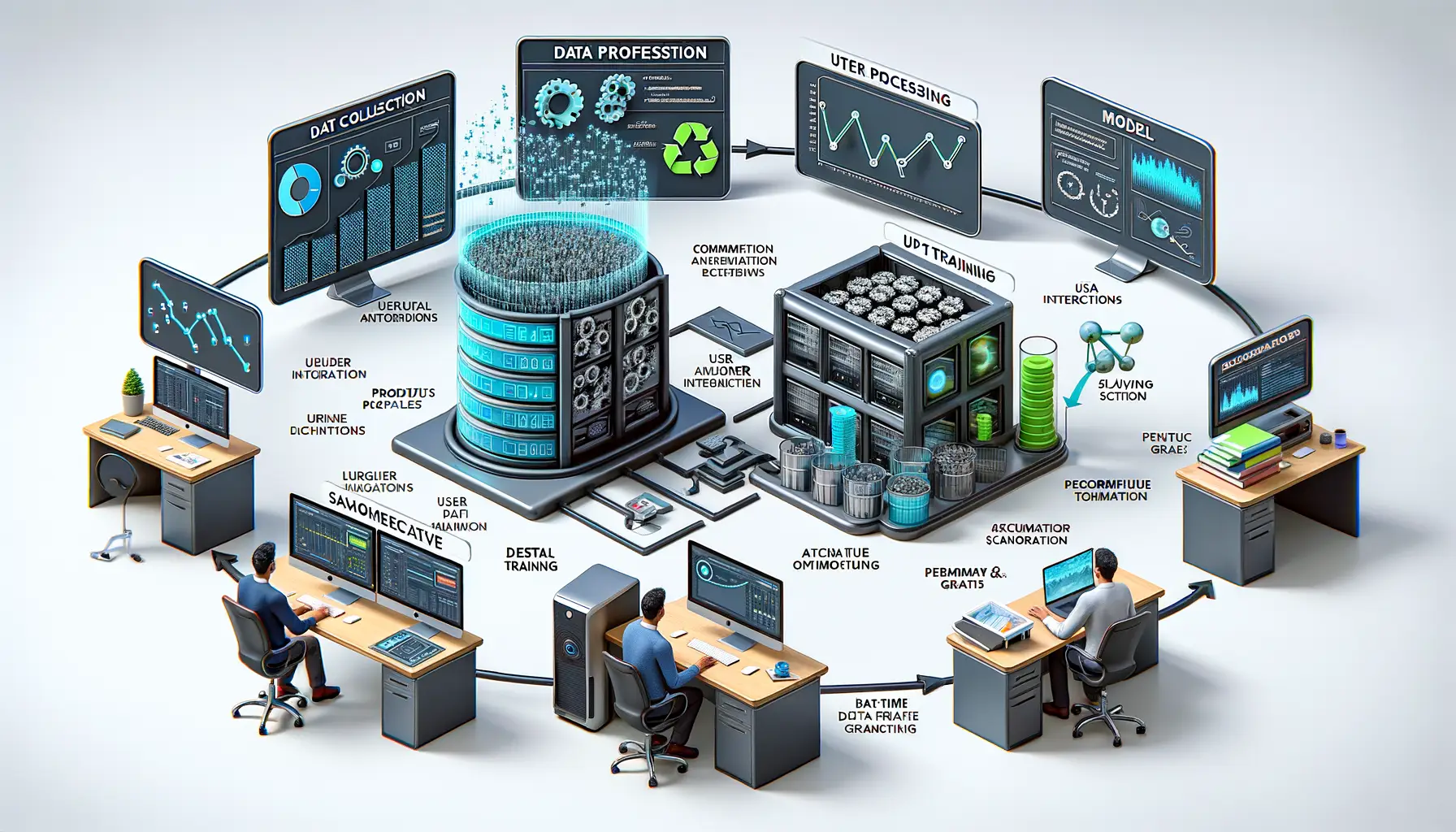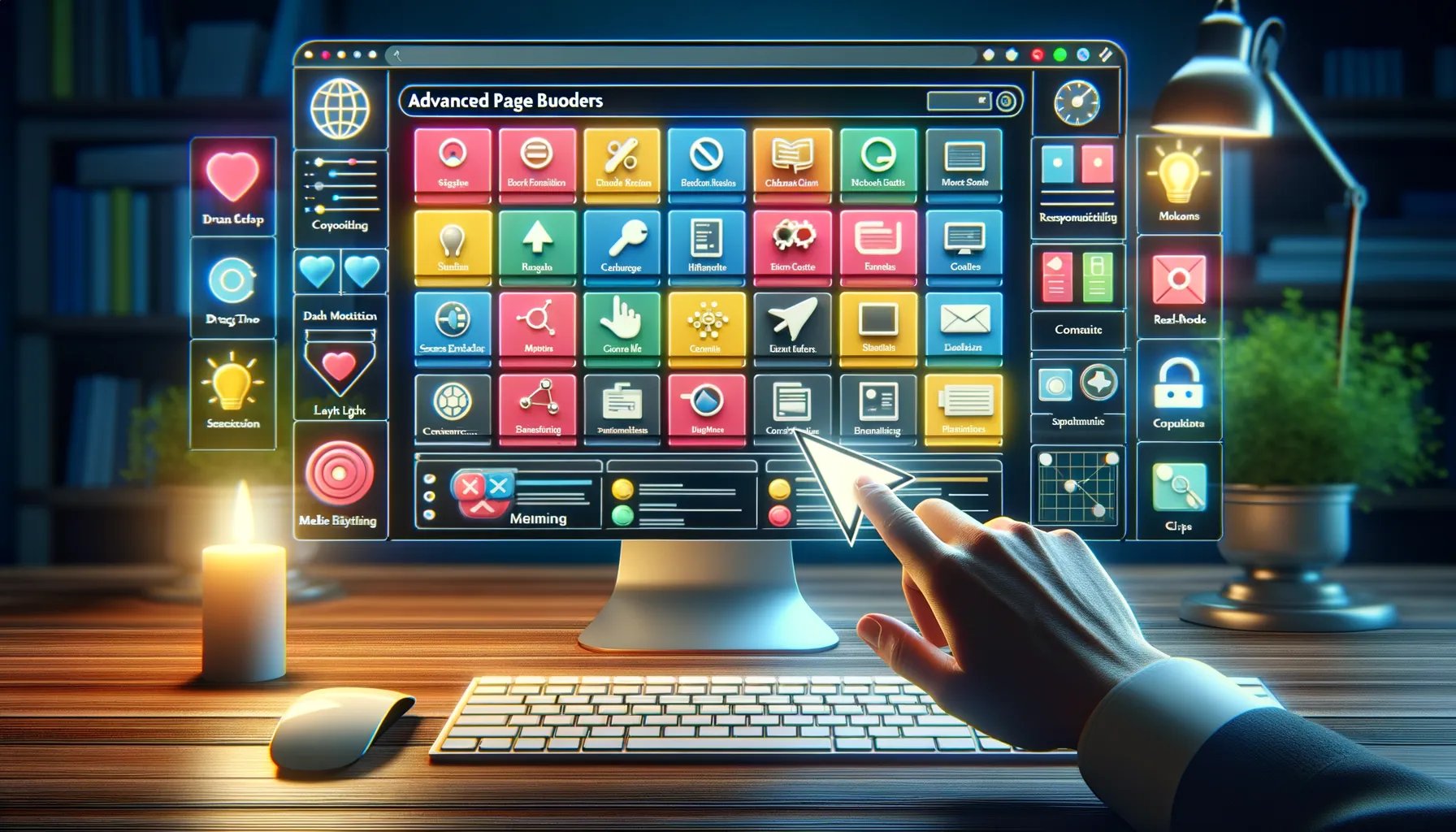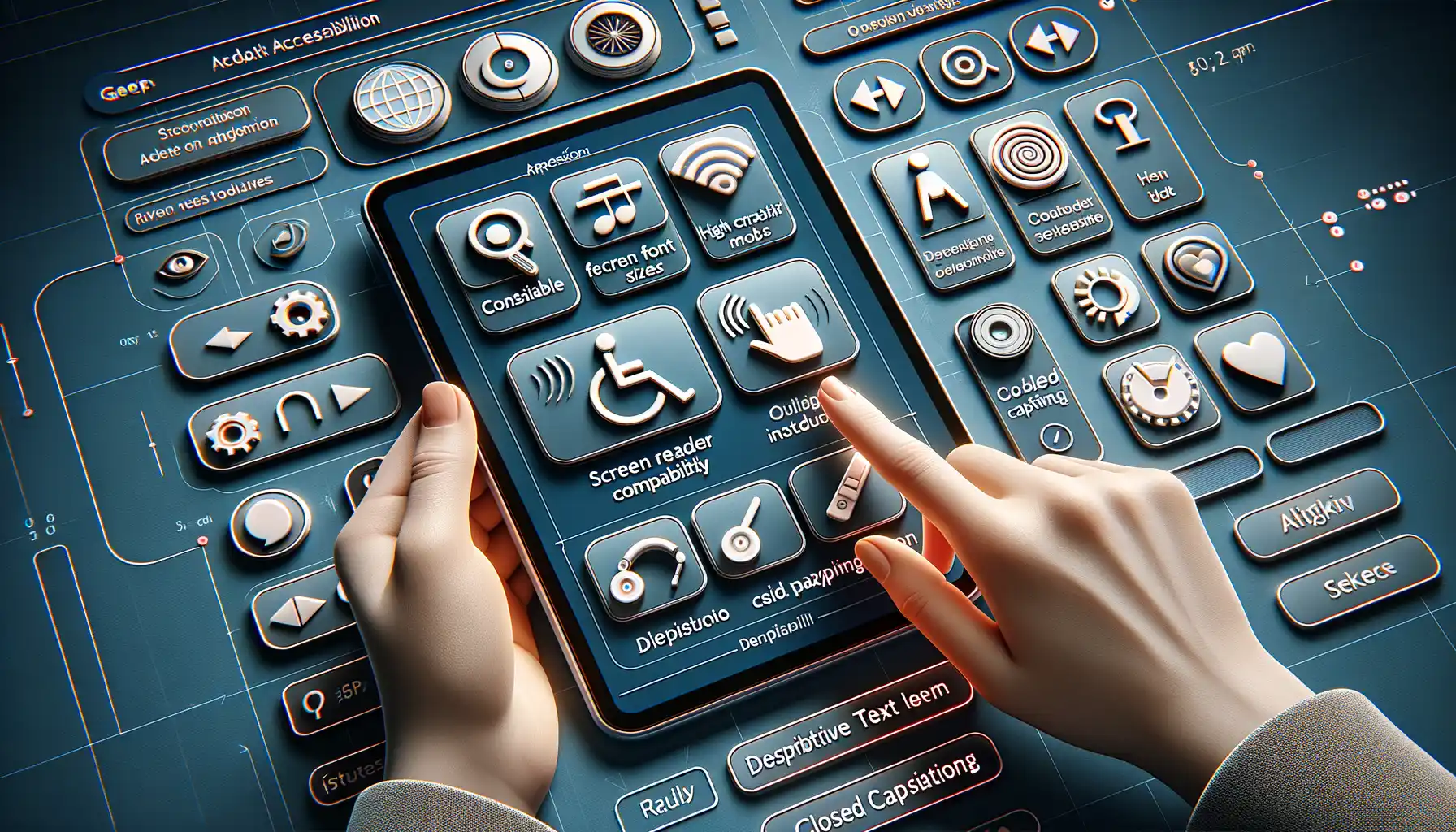Understanding Natural Language Processing and its Role in AI
Cracking the Code of How Machines Understand Us
Have you ever wondered how Siri understands your rambling morning questions or how Google seems to finish your sentences? That magical ability to decode human language is thanks to Natural Language Processing (NLP). Think of NLP as the linguistic glue that binds humans and machines, allowing computers to grasp the nuances we take for granted—like sarcasm, double meanings, or even regional slang.
At its core, NLP isn’t just about recognizing words. It’s like teaching a machine not just to read a book but to interpret its meaning. Imagine training a robot to understand that “break a leg” doesn’t mean an emergency room visit—it means good luck in theater-speak! By analyzing syntax, semantics, and context, NLP ensures machines truly “get” us.
- Tokenization: Breaking down messy text into manageable chunks, like splitting sentences into words.
- Sentiment Analysis: Teaching AI to detect emotions hidden in text—does that tweet sound angry or joyful?
Thanks to these techniques, NLP empowers AI to dive deeper into communication, bridging the gap between binary code and bedtime stories.
Key Techniques Used in NLP for Text Generation
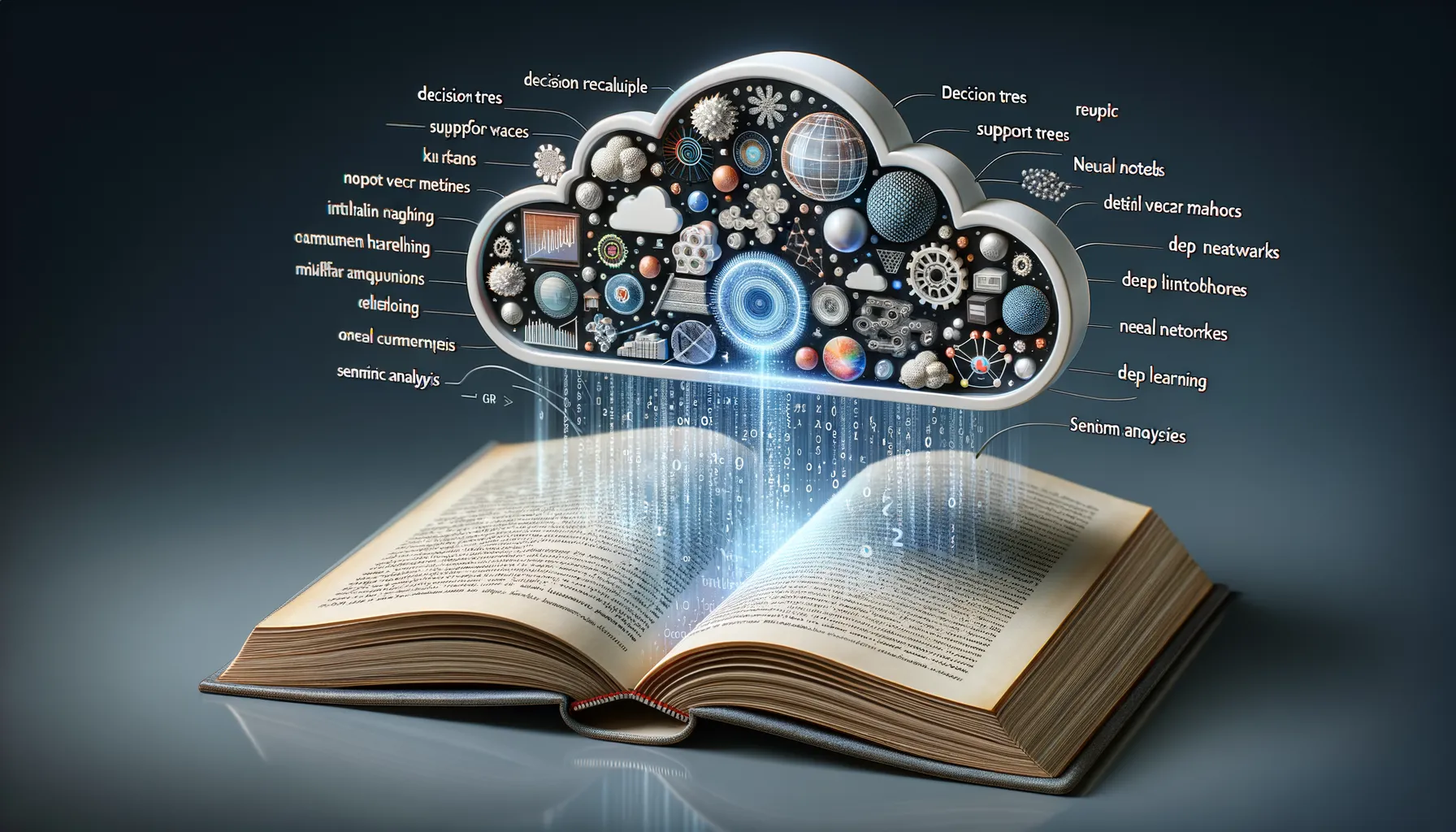
Breaking Down Language: Tokenization and Text Preprocessing
Have you ever wondered how a computer “reads” language? One of the first slices of magic in NLP for text generation is something called tokenization. Imagine taking a huge puzzle – say, the entire works of Shakespeare – and breaking it into manageable pieces like words or phrases. These are your tokens. Tokenization lets machines focus on smaller chunks of text, turning overwhelming chaos into something structured.
But let’s not stop there! Machines aren’t fans of typos, jargon, or fluff. Enter text preprocessing. This step acts like a helpful editor, clearing out unwanted noise. Unnecessary punctuation? Gone. Slang? Simplified. By refining input, NLP models grasp language with sharper insight.
The Spark Behind Creativity: Neural Networks and Transformers
At the heart of AI creativity lies the brilliance of neural networks like Transformer models, such as GPT. These powerhouses don’t just “write.” They analyze patterns, understand context, and even predict what you’re likely to say next! Here’s a quick peek at their toolkit:
- Attention mechanisms: Think of them as the model’s laser focus, prioritizing key details while skimming over less important parts.
- Pretrained embeddings: Like a dictionary mixed with intuition, these give machines a ready-made understanding of word relationships.
It’s less coding and more magic unfolding before your very eyes!
Applications of NLP in Modern AI Systems
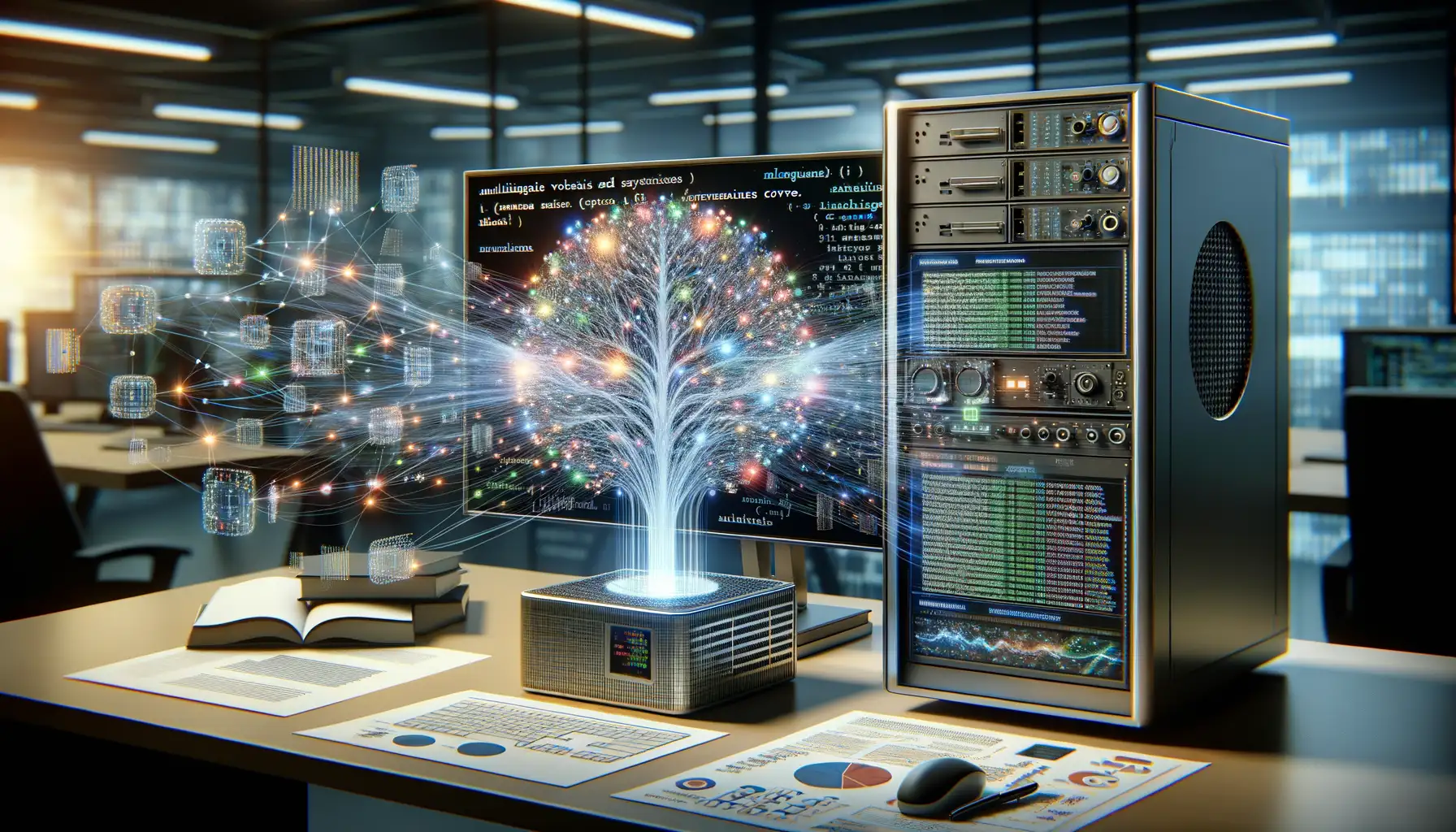
Transforming Human Interaction
Imagine a world where machines can understand your words as if they’ve been your lifelong friend—this is the magic of Natural Language Processing (NLP) in modern AI systems. From cracking jokes to deciphering complex legal jargon, these systems are reshaping how we interact with technology.
Take virtual assistants like Alexa and Siri, for instance—they don’t just hear you, they understand you. Ask them to play your favorite Ed Sheeran song, and voilà, they’re on it. Behind the scenes, NLP enables them to analyze your intent and match it to the right action.
But that’s not all. In customer service, AI chatbots powered by advanced NLP are learning to provide solutions that feel human. It’s not just about answering questions—it’s about responding with empathy. Imagine contacting a company late at night and getting immediate, thoughtful help.
- Content recommendation engines: Helping you discover your next favorite Netflix series or book based on your preferences.
- Language translation apps: Breaking down barriers, from casual travel phrases to international business deals.
The beauty? NLP doesn’t just connect us to machines; it connects us deeper to one another by bridging communication gaps.
Challenges and Ethical Considerations in AI Text Generation
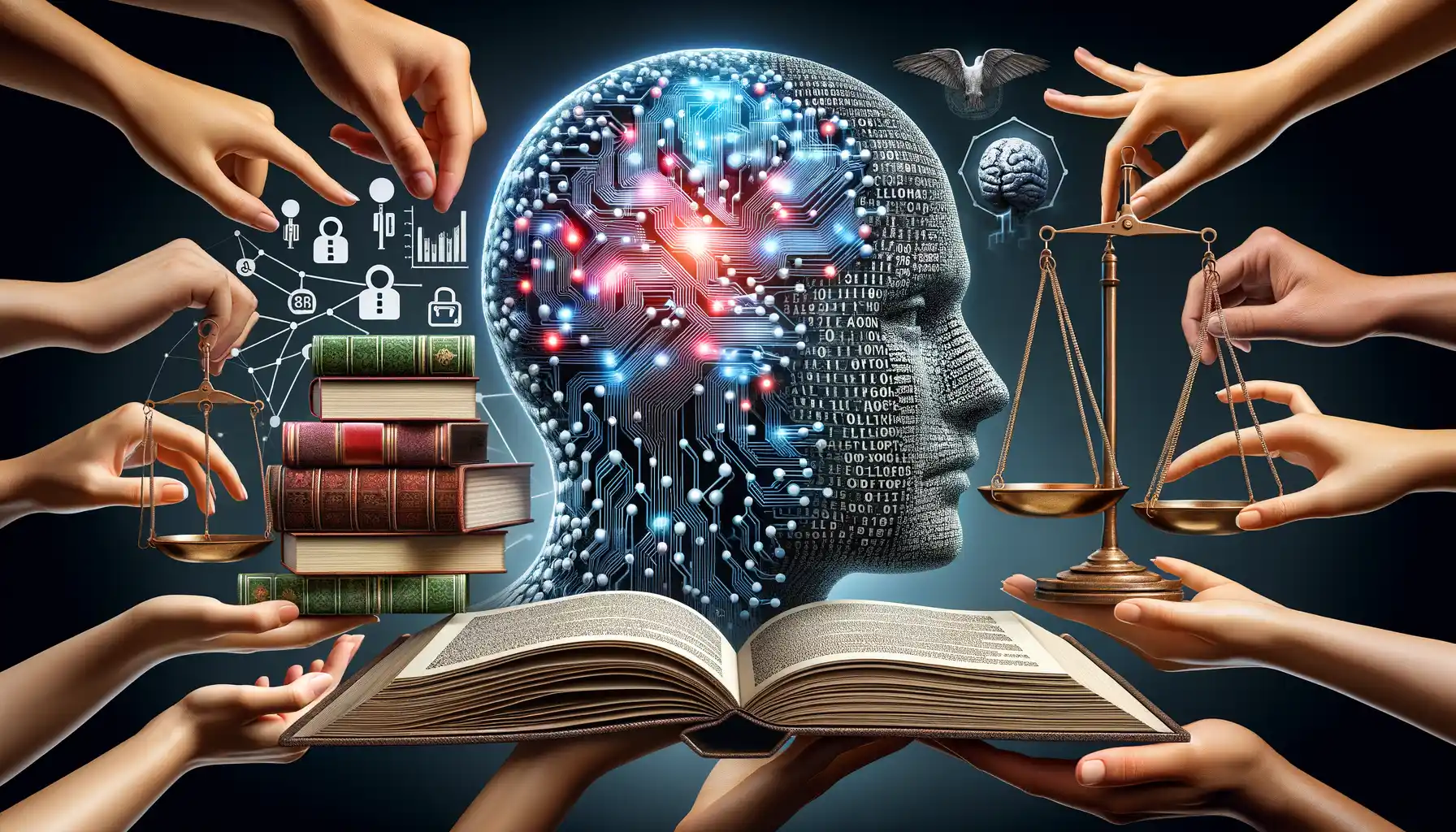
Ethical Quagmires: Walking the Tightrope of AI Text Generation
When you dive into the world of AI text generation, it’s easy to be dazzled by its brilliance. Machines crafting poetry, scripting customer responses, or even brainstorming ideas for your next novel? It almost feels like magic. But beneath this shimmering surface lies a minefield of ethical dilemmas.
Take misinformation, for instance. What happens when an AI generates content that *sounds* authoritative but is riddled with inaccuracies? Suddenly, we’re not just dealing with innocent typos; we’re looking at a Pandora’s box of potential harm. And let’s talk about bias. AI doesn’t exist in isolation—it mirrors the data it’s trained on. If that data carries stereotypes or systemic prejudice, those biases can sneak into generated content like an unwanted guest at dinner.
- Who takes responsibility when AI-generated texts spread harm?
- How do we ensure transparency without sacrificing creative flexibility?
- What safeguards are truly effective against malicious manipulation?
It’s not all doom and gloom, though. These challenges also spark some of the most innovative conversations in tech today. And isn’t it fascinating to think about how much power lies in the hands (well, algorithms!) of these systems?
Future Trends in NLP and AI Text Generation
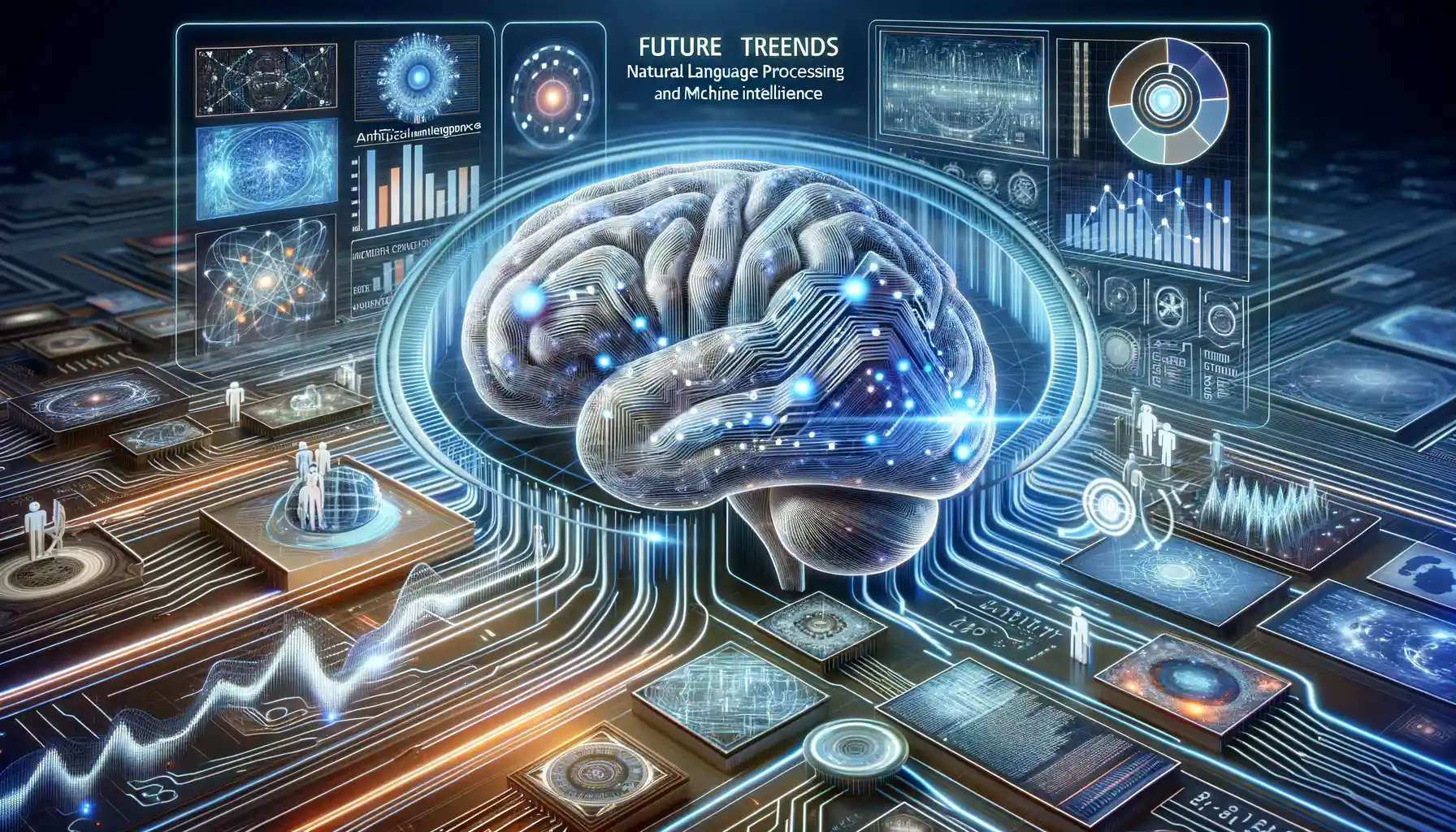
Breaking Boundaries with Context Understanding
The future of Natural Language Processing (NLP) is nothing short of a revolution. One major leap ahead? Models that don’t just understand words—they grasp meaning like a seasoned novelist weaving subtext into every sentence. We’re already seeing glimpses with tools like GPT-4, where the ability to process context and provide nuanced responses feels almost human. But imagine going beyond context—a world where AI reads between the lines of sarcasm or catches subtle emotional cues.
Upcoming innovations aim to push AI from being a mere text generator to your trusty co-writer, someone who doesn’t just “get it,” but sparks ideas you didn’t even know you had.
- Language models learning cultural awareness: tailored texts for diverse audiences.
- Hyper-personalized writing styles: AI adapting to your tone, vocabulary, and quirks.
- Real-time collaboration: AI editing, brainstorming, and supporting creativity in a seamless flow.
Blurring the Line Between Machine and Artistry
What if AI didn’t sound “like a machine” at all? With advanced storytelling algorithms, future models may craft poetry that stirs hearts or speeches that rally crowds. Think about how creative industries—content marketing, publishing, even cinema—could evolve with this marriage of raw computation and true artistry.
And let’s not forget multilingual innovation! Imagine real-time AI translation so precise it maintains the heartbeat of a joke across languages or preserves the rhythm of a poem across dialects. The future? It’s not in the distant horizon—it’s knocking on the door, armed with possibilities as vast as language itself.





